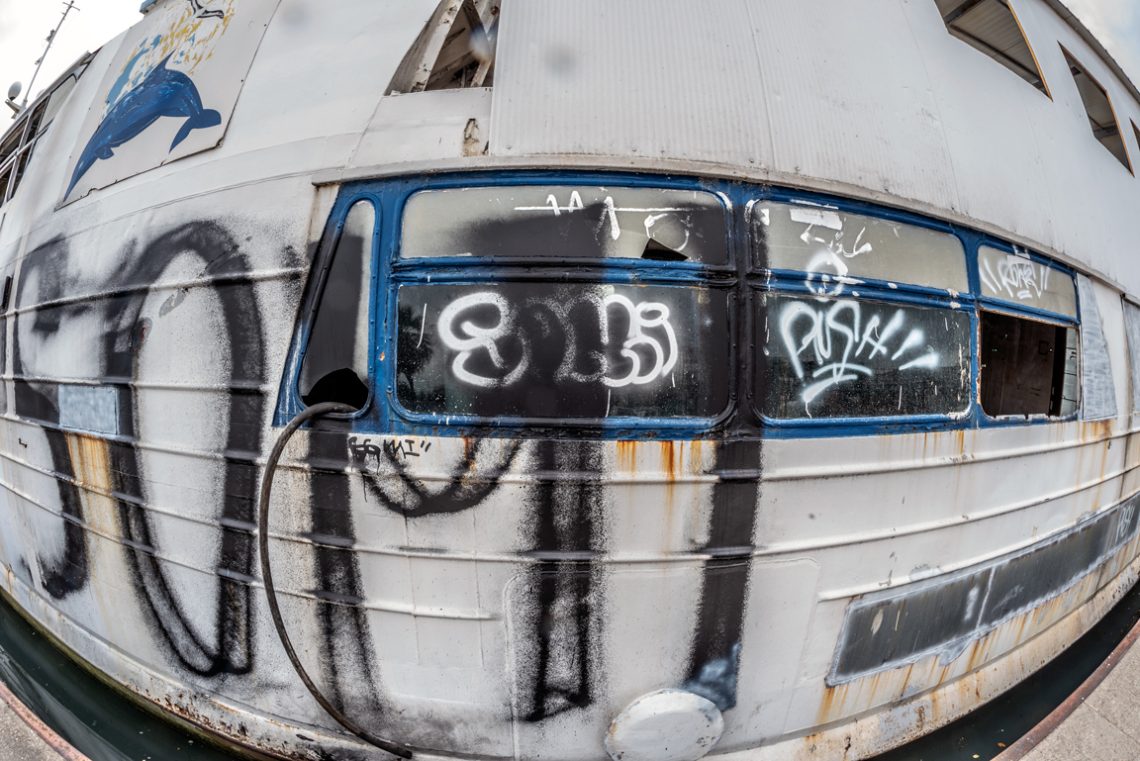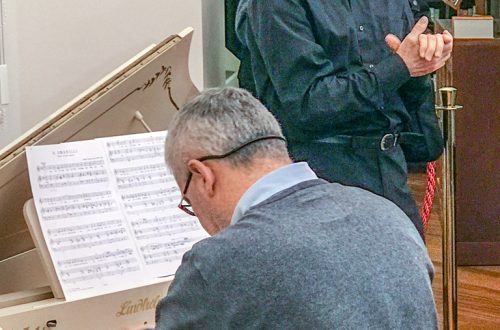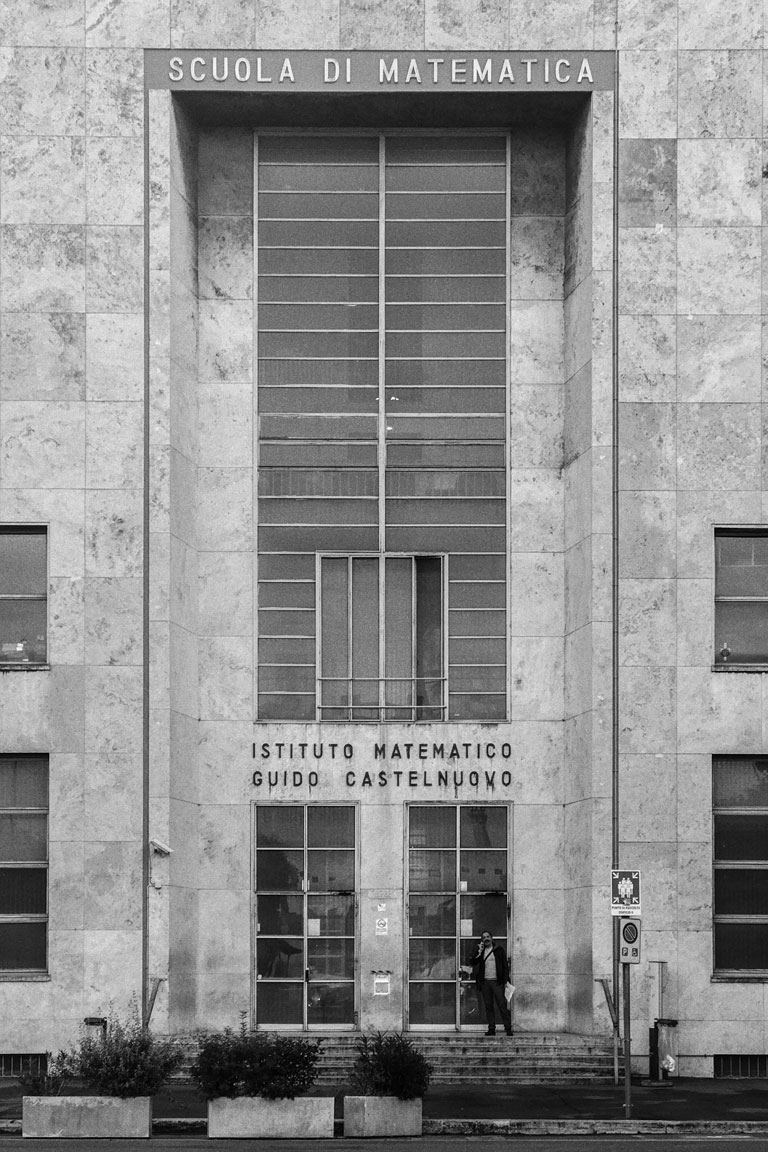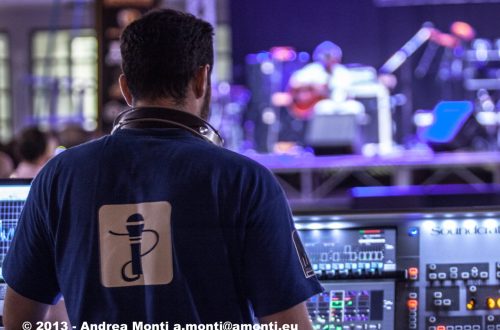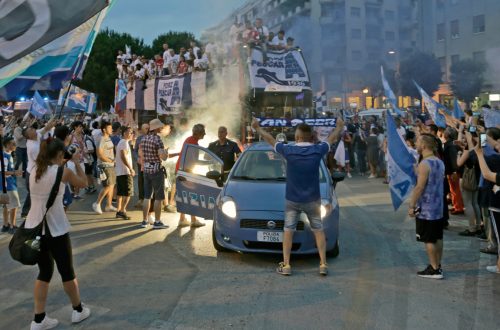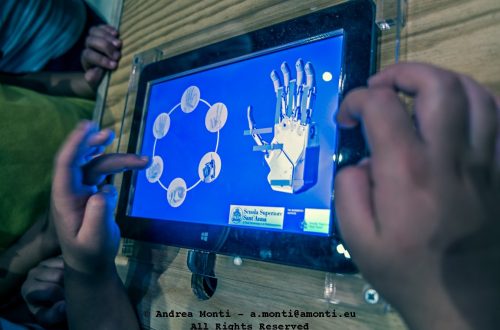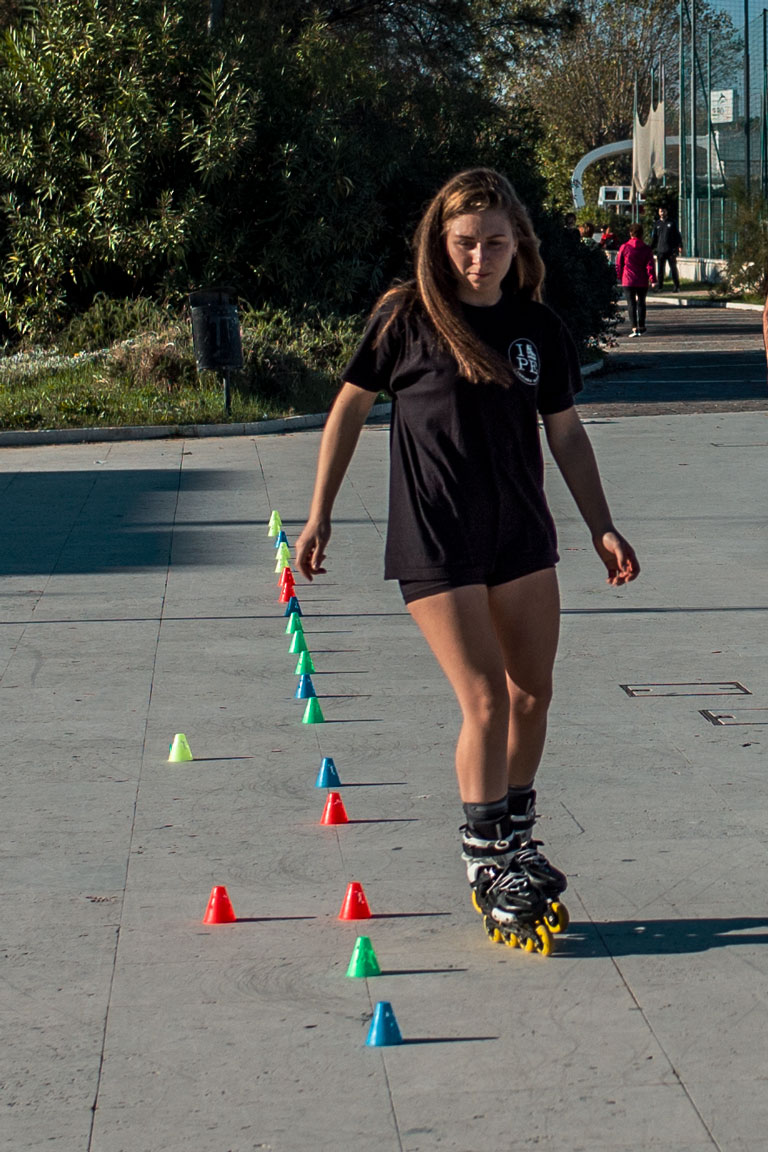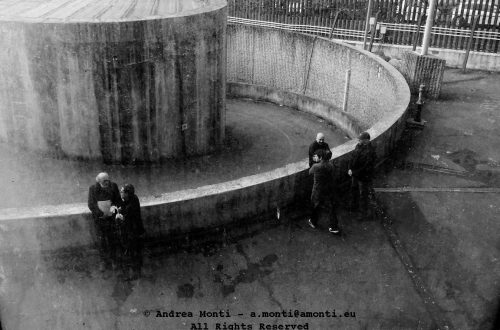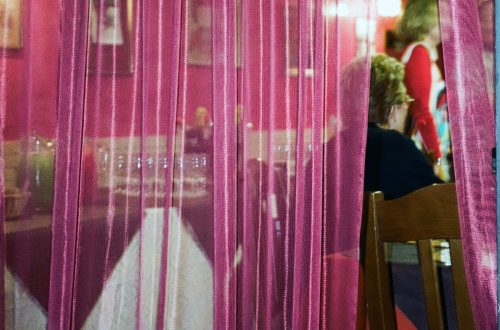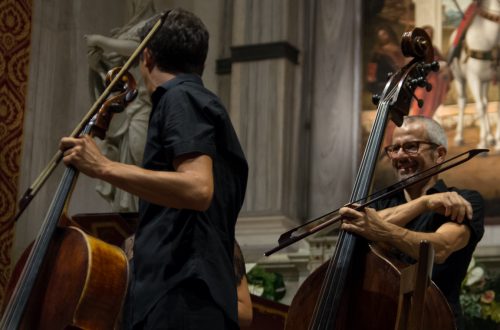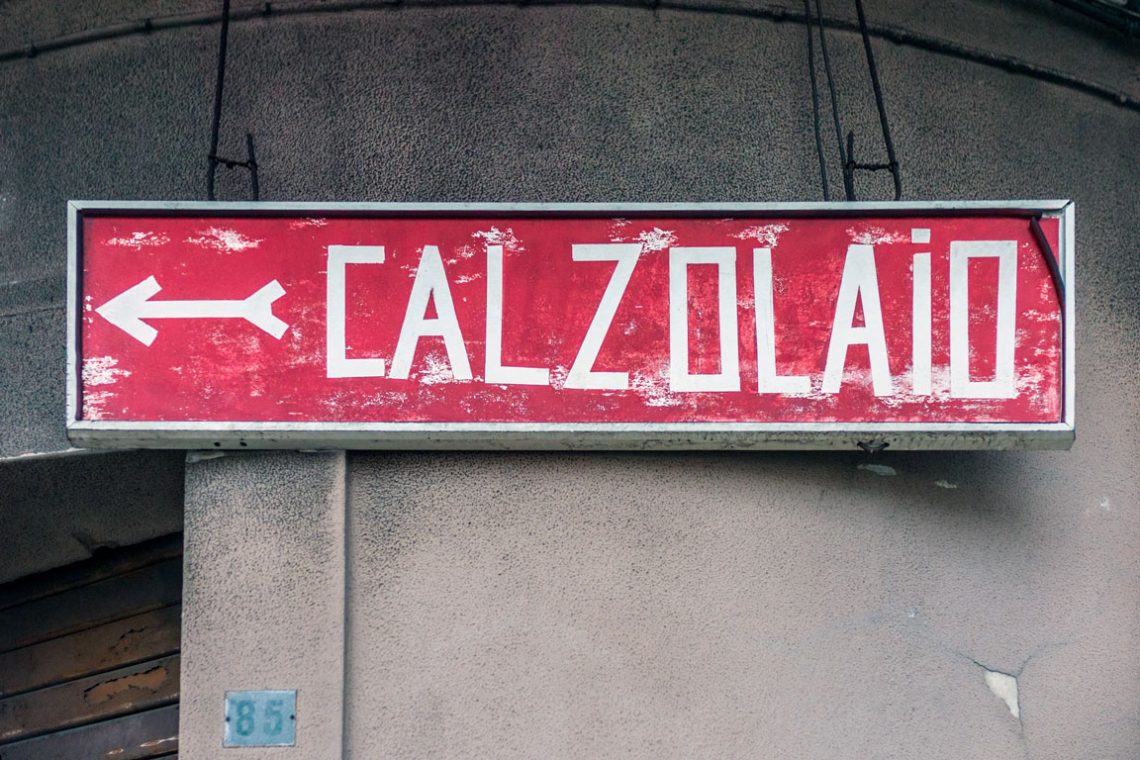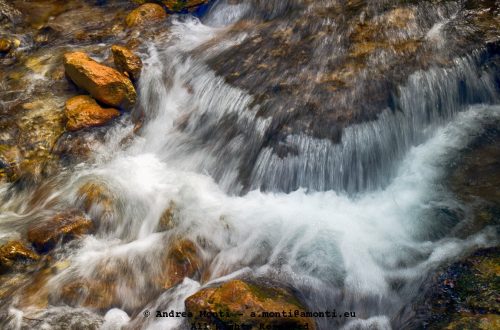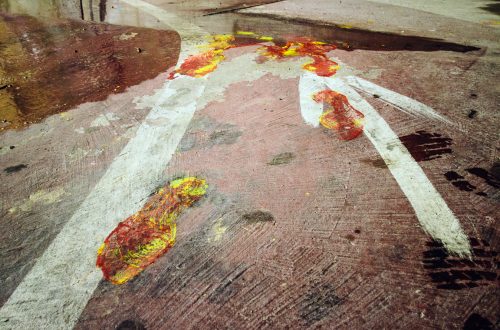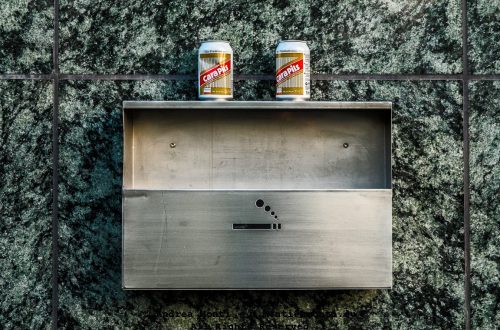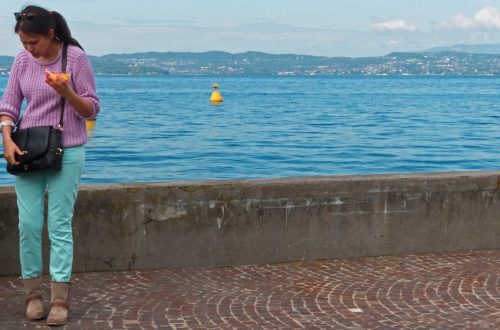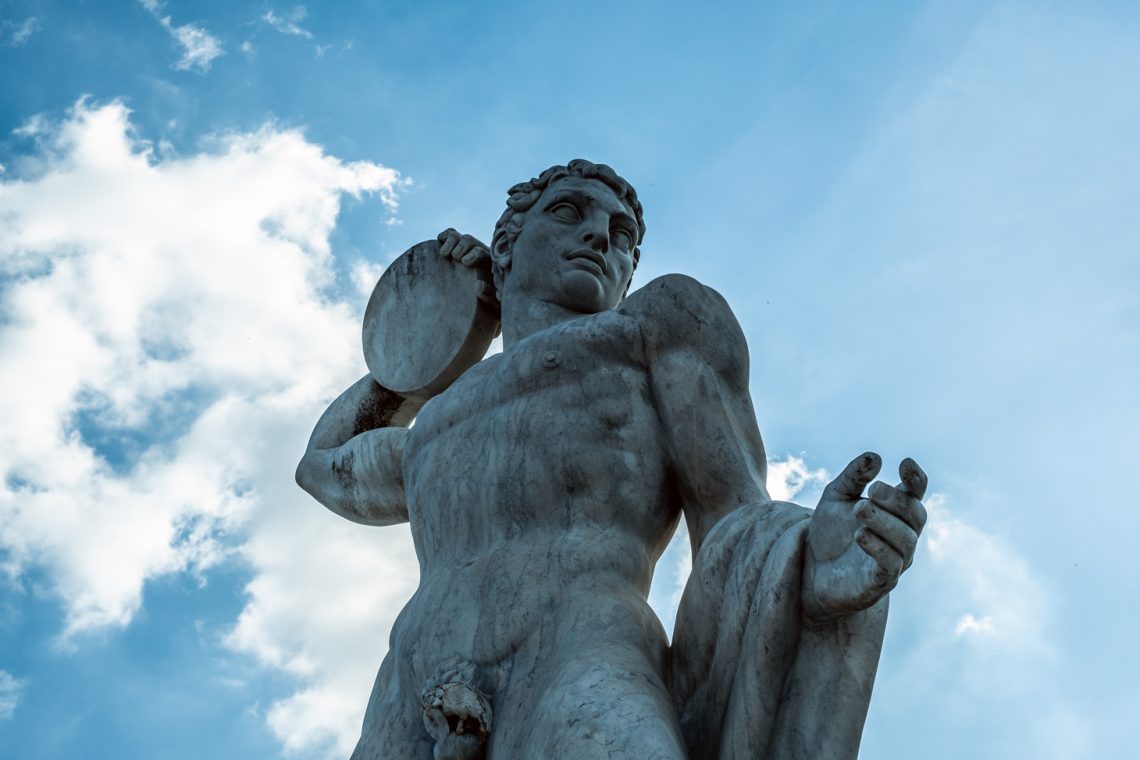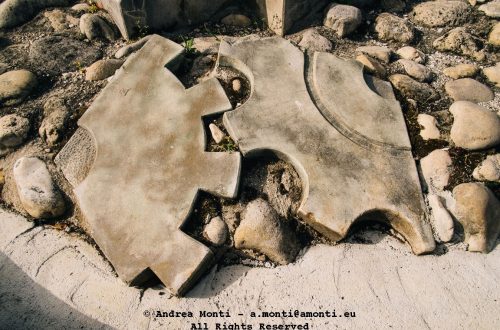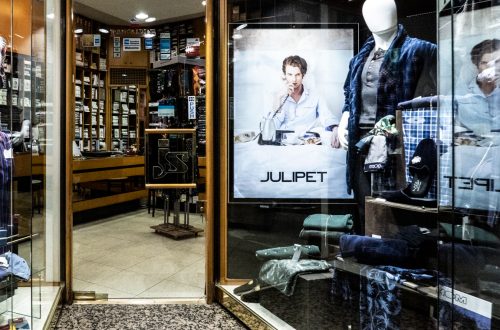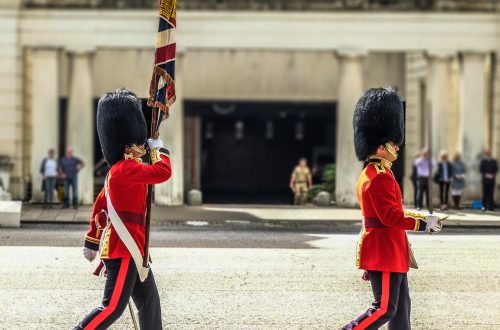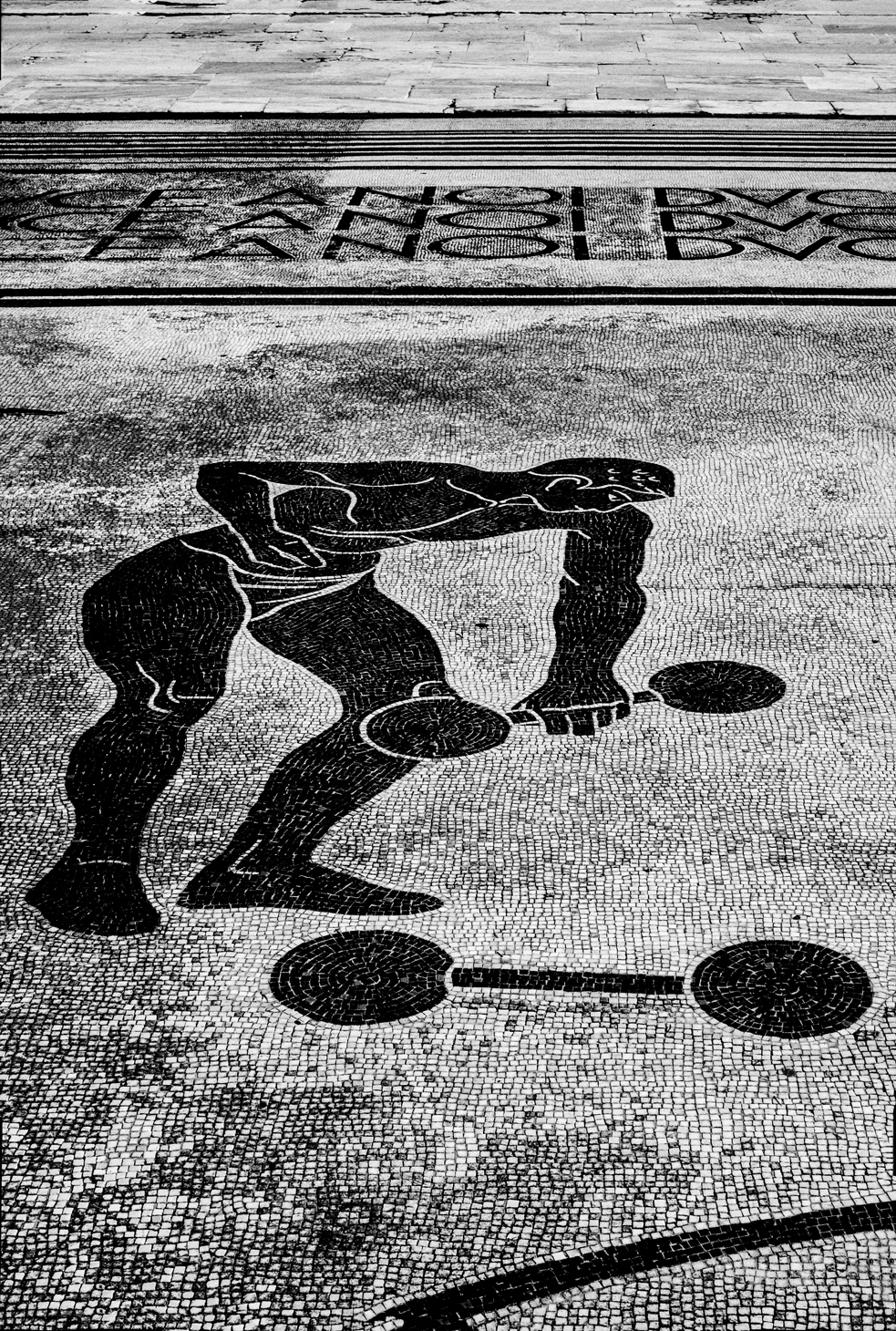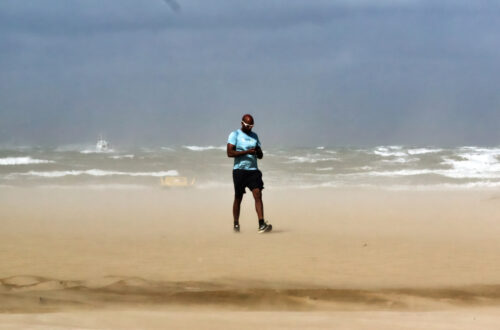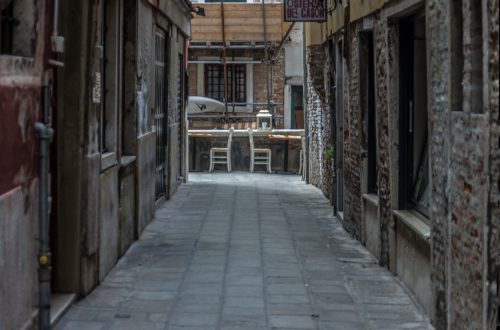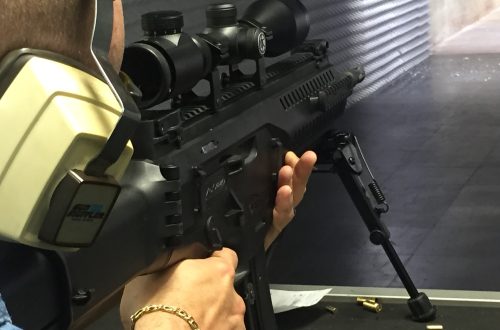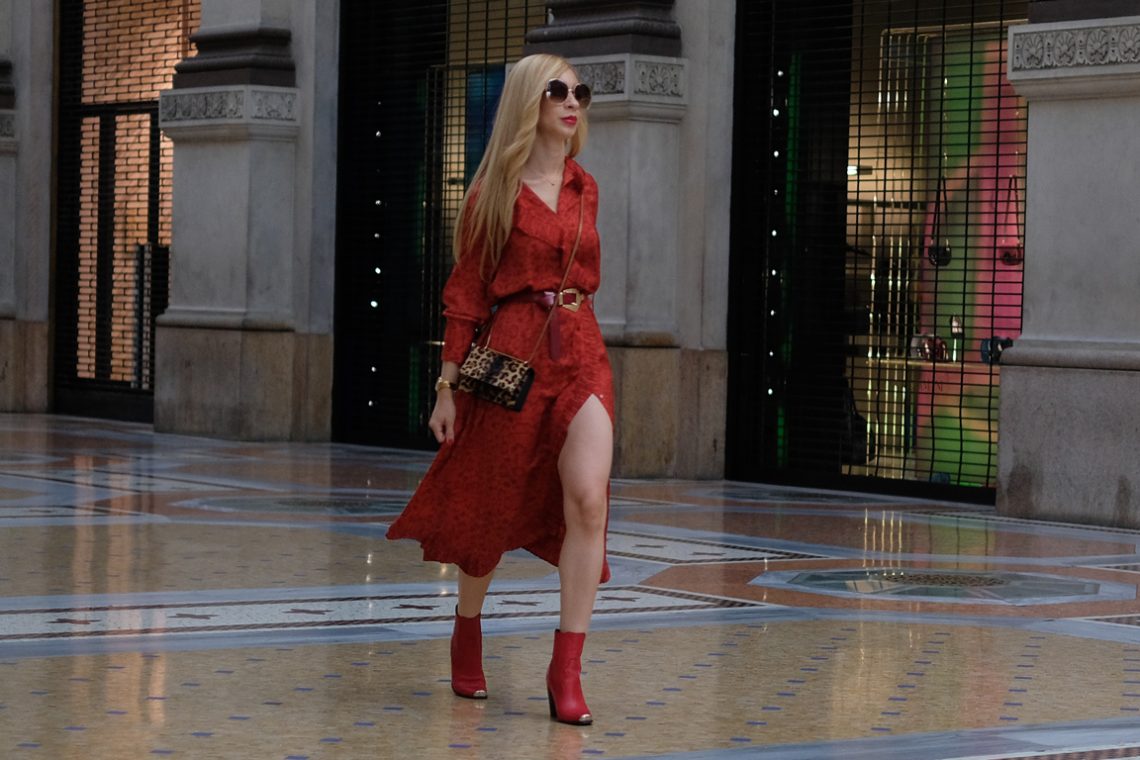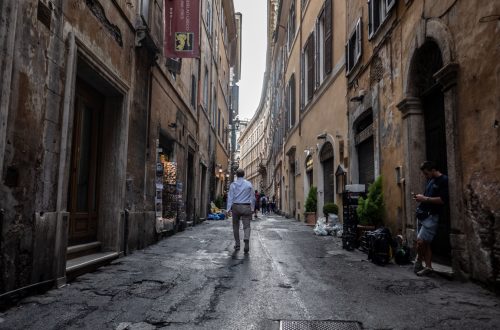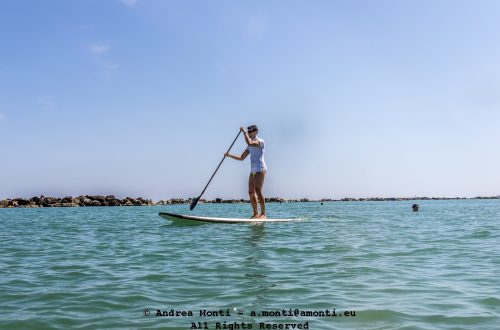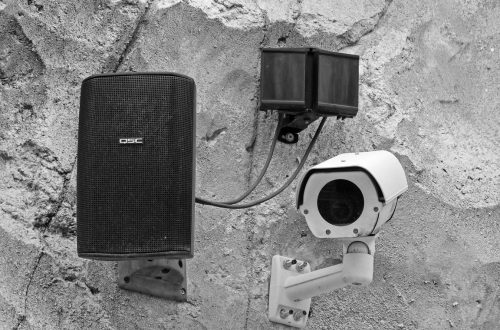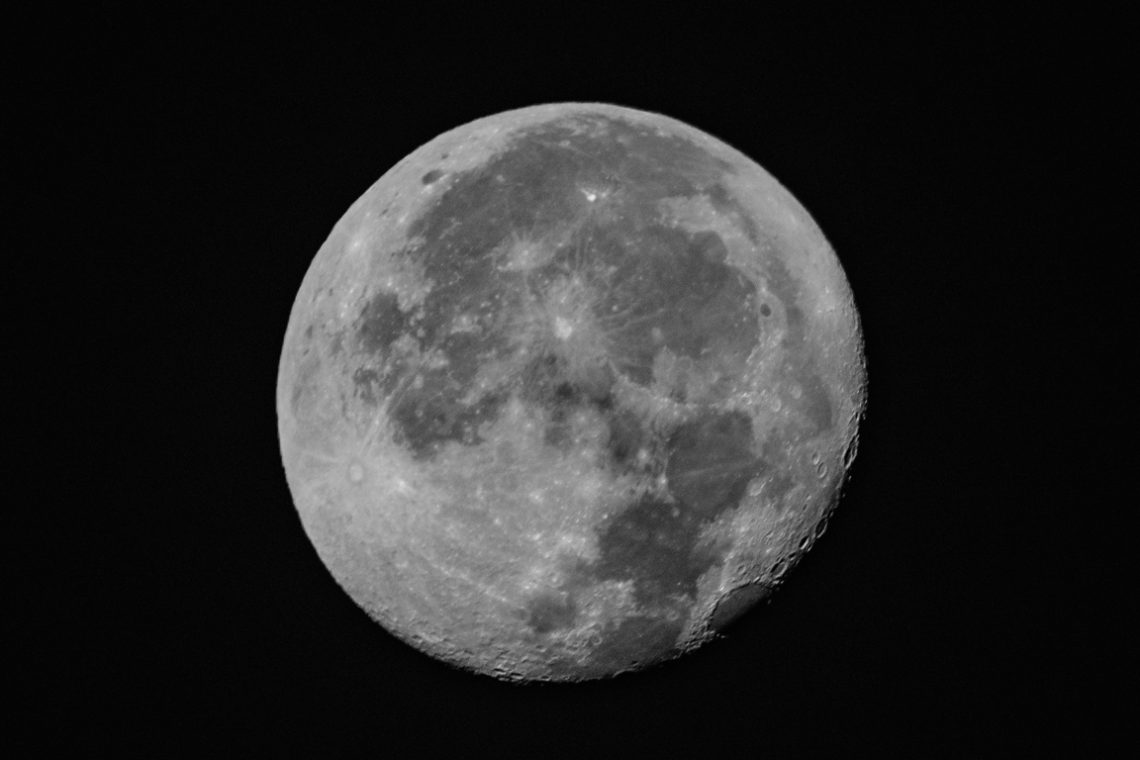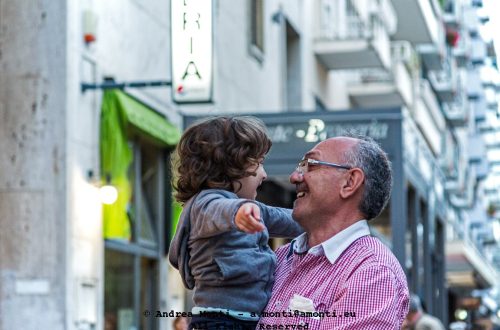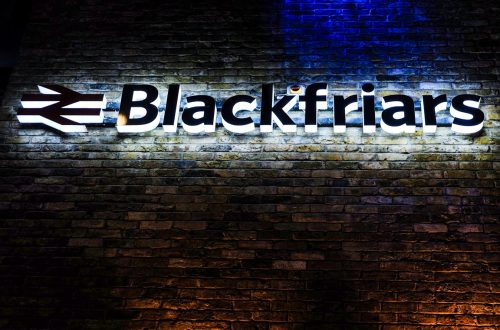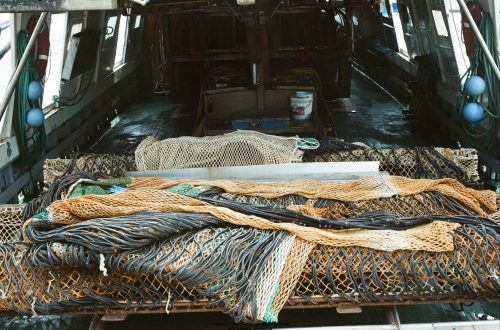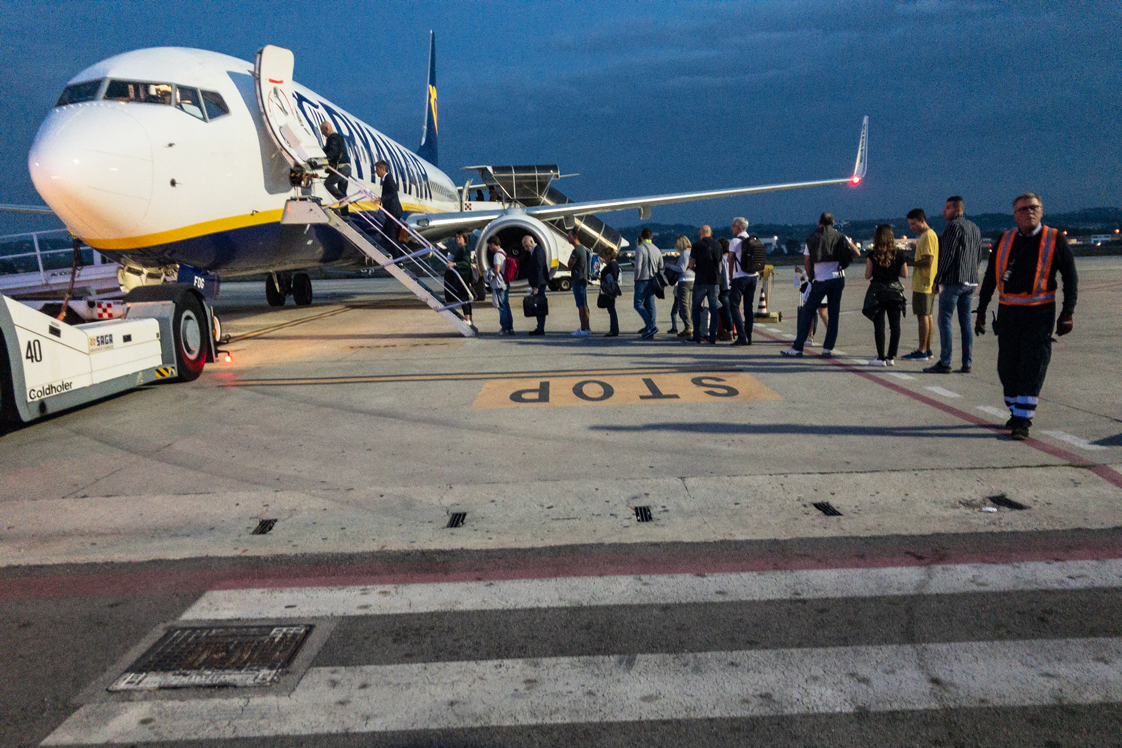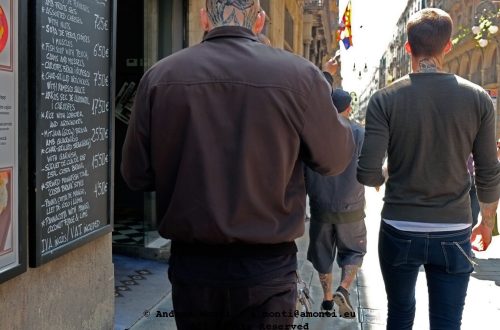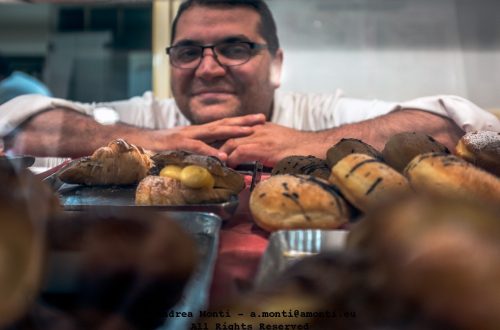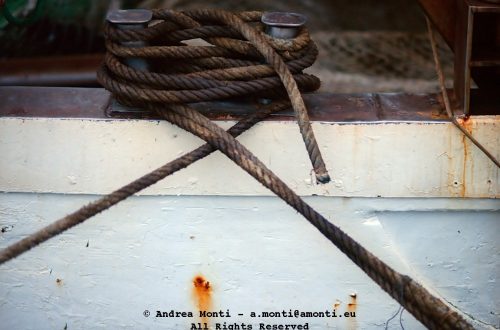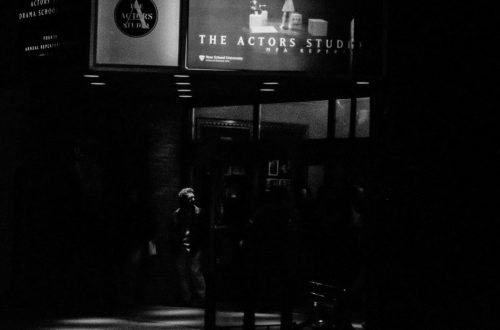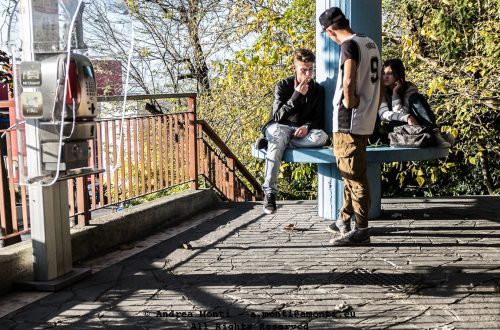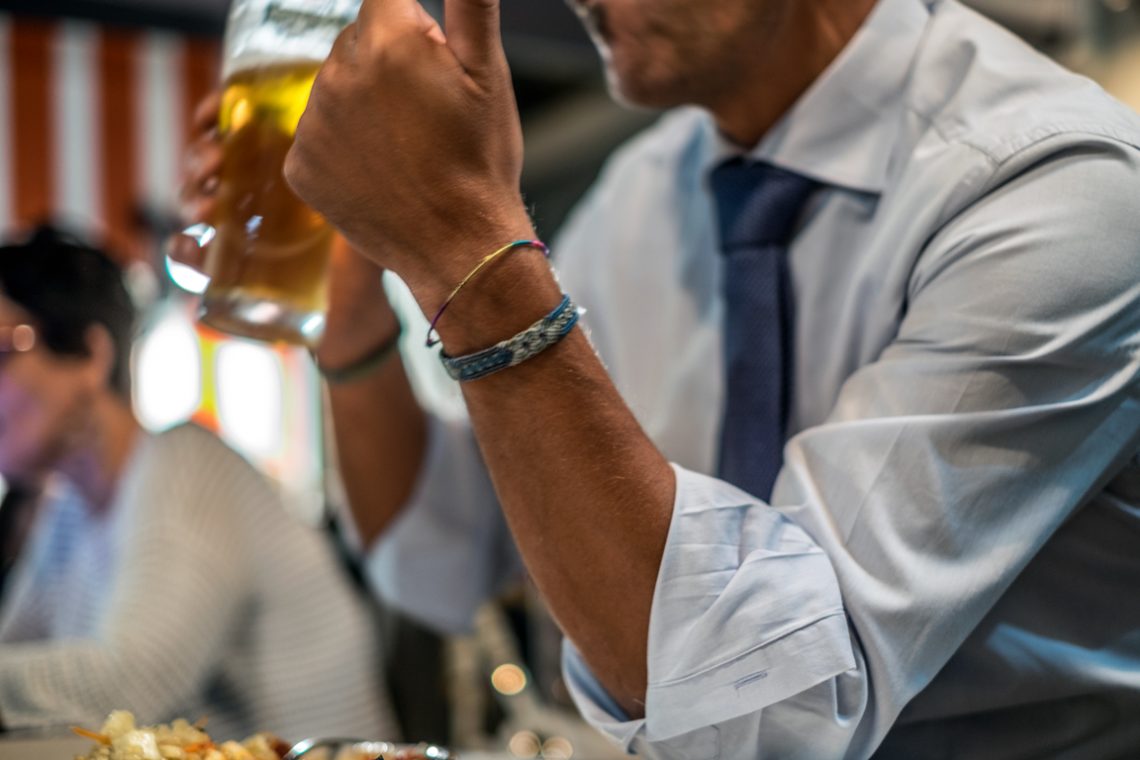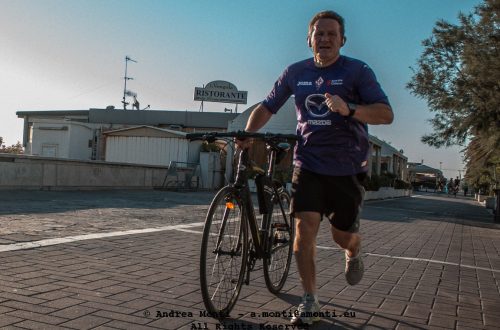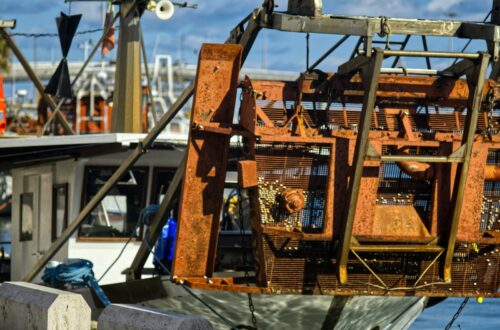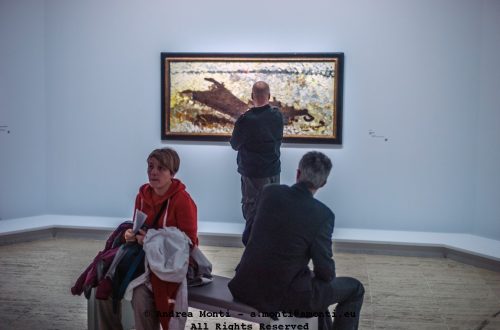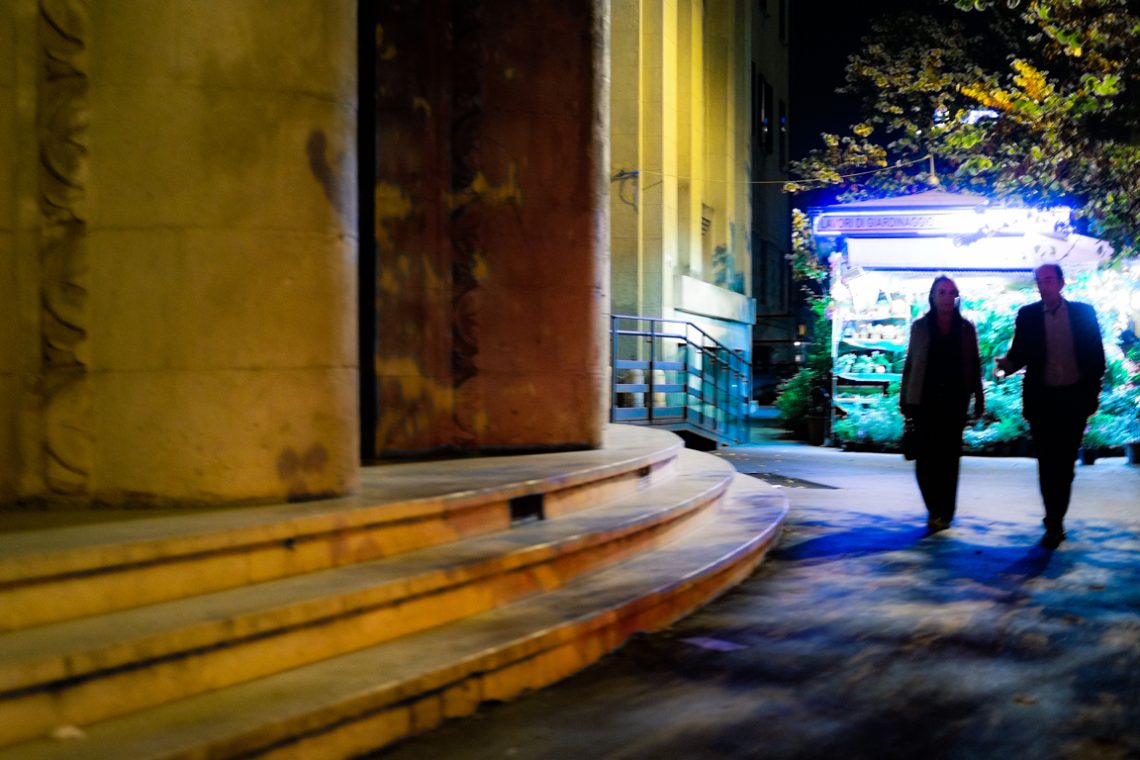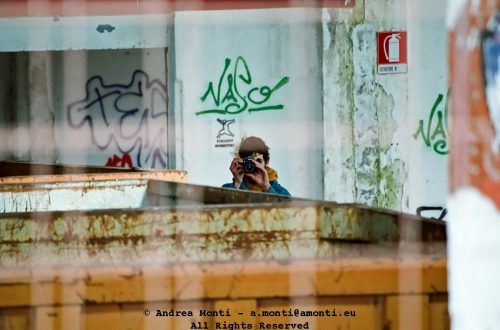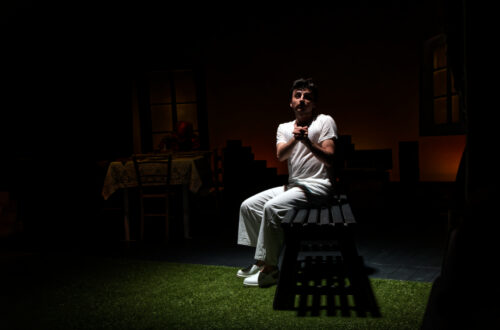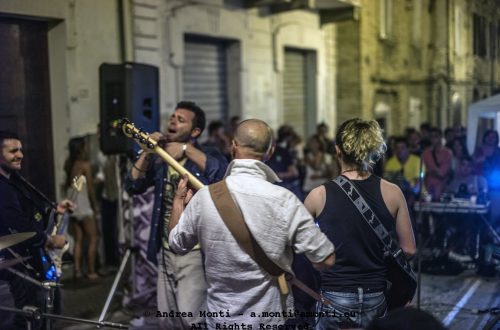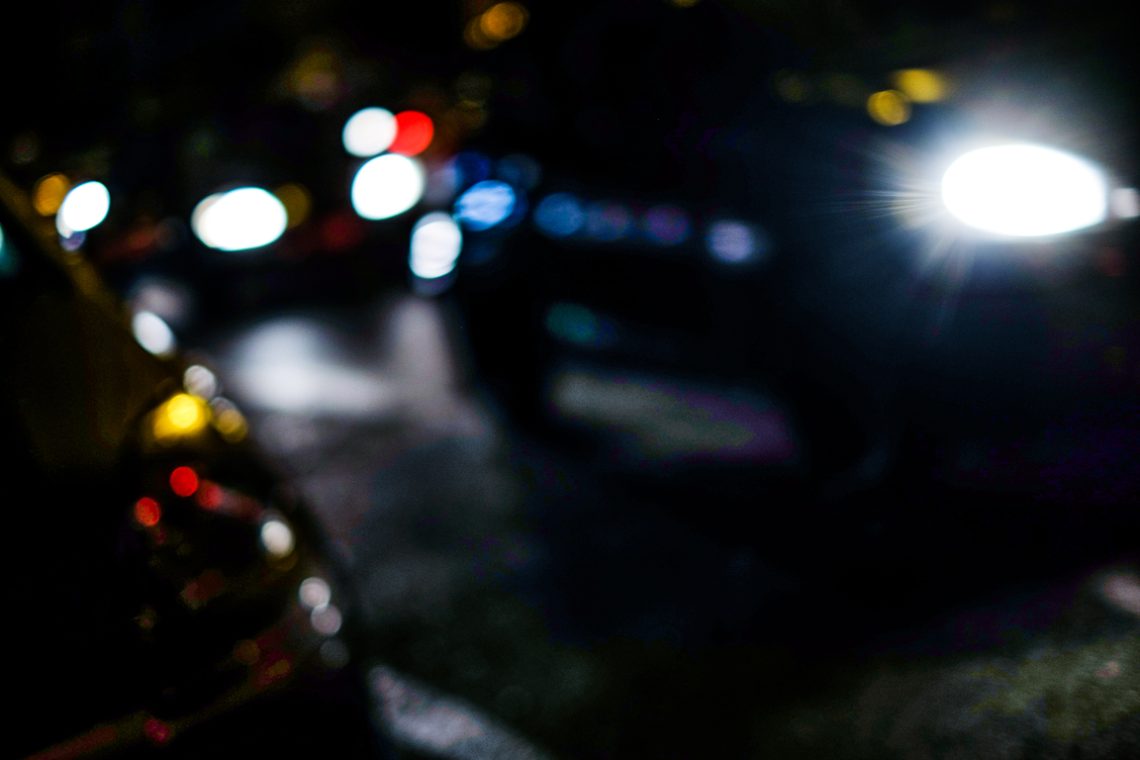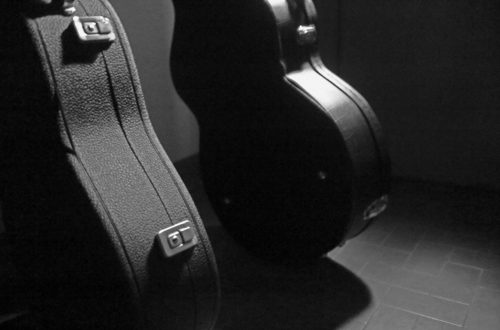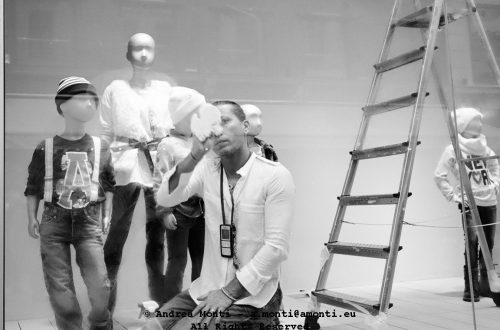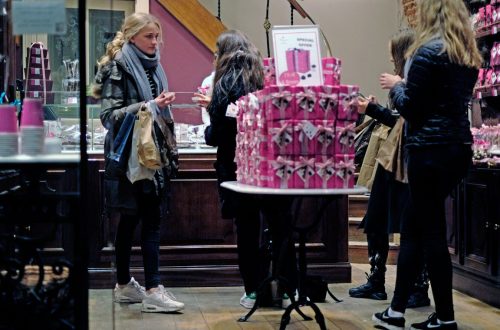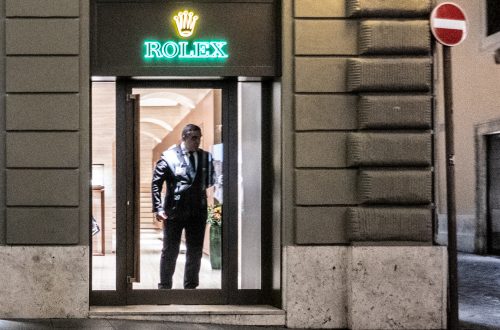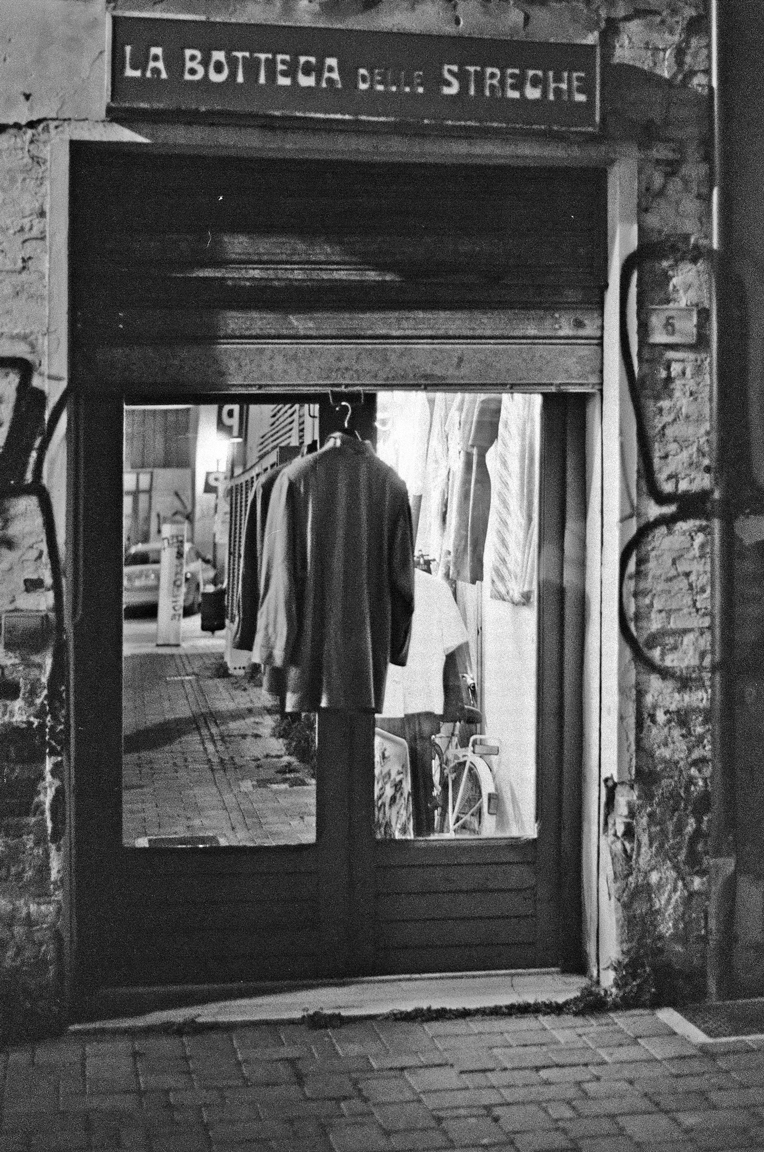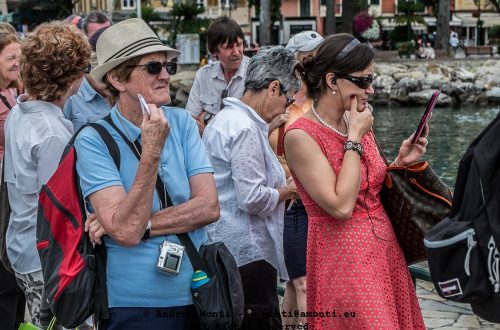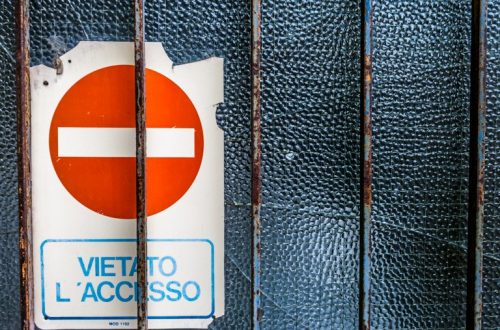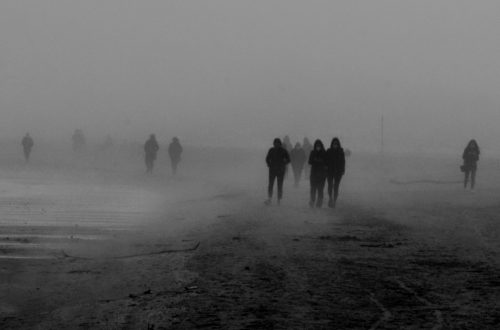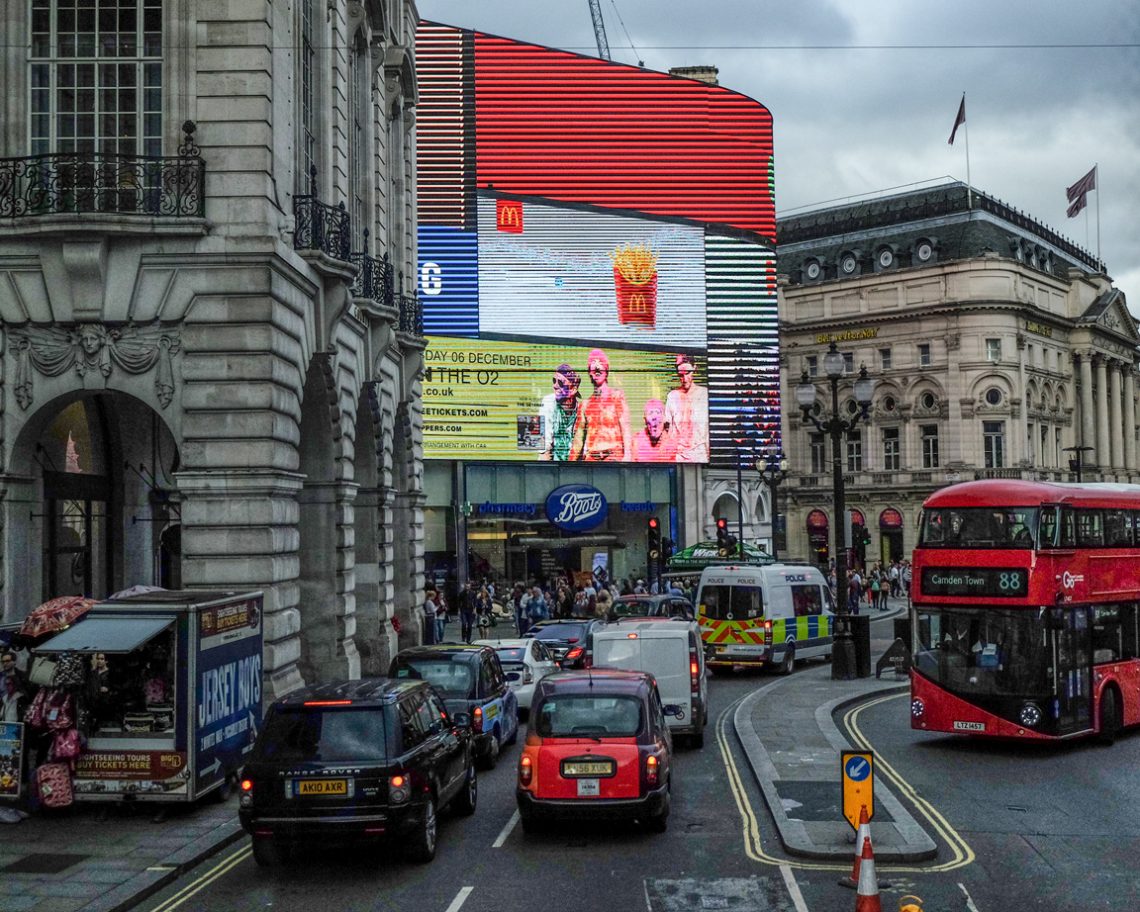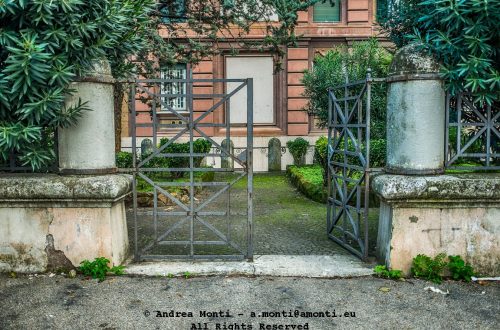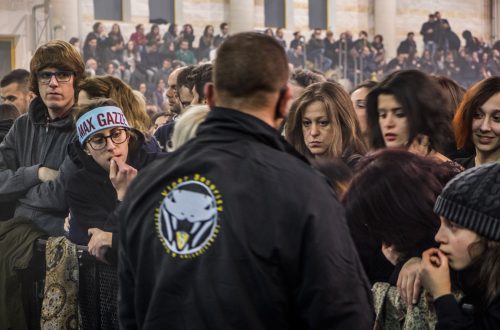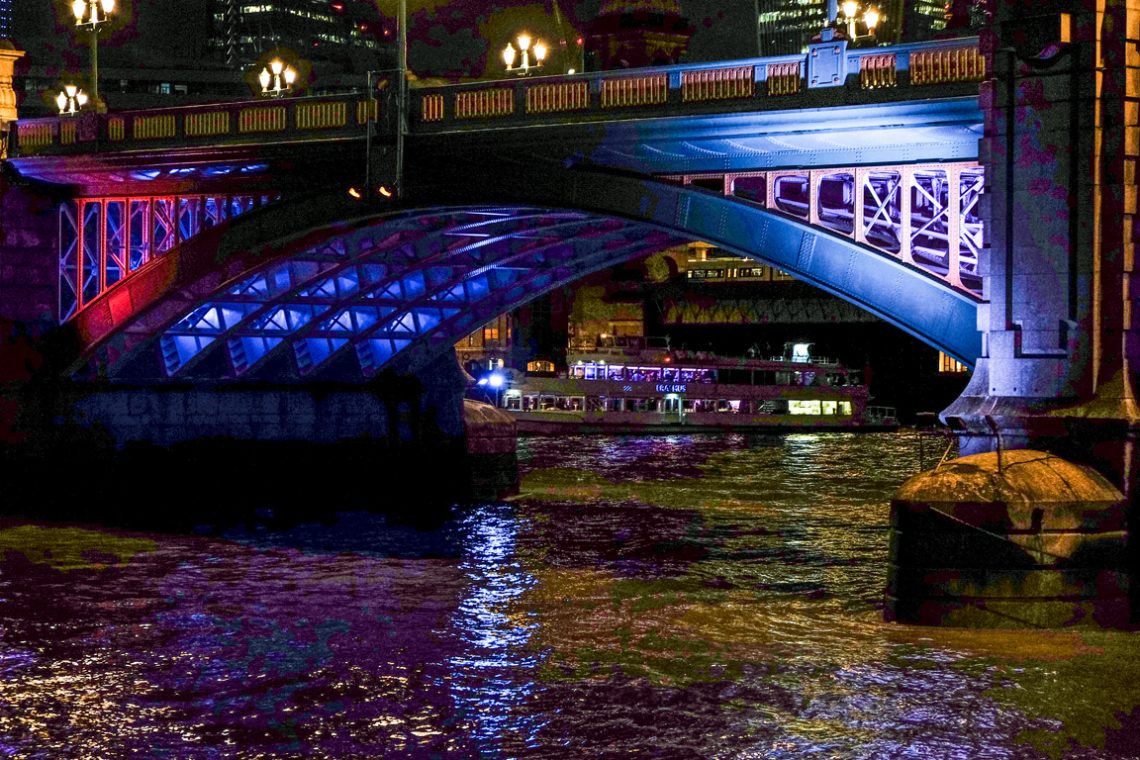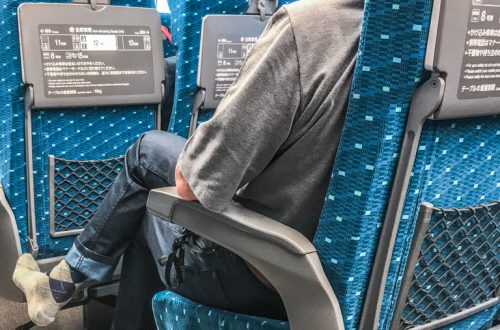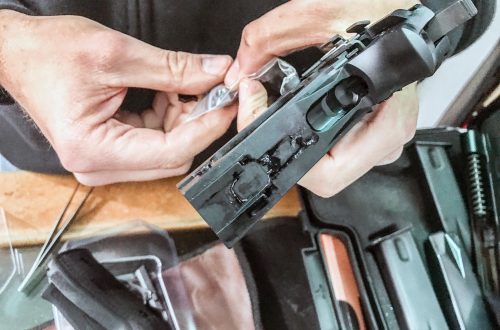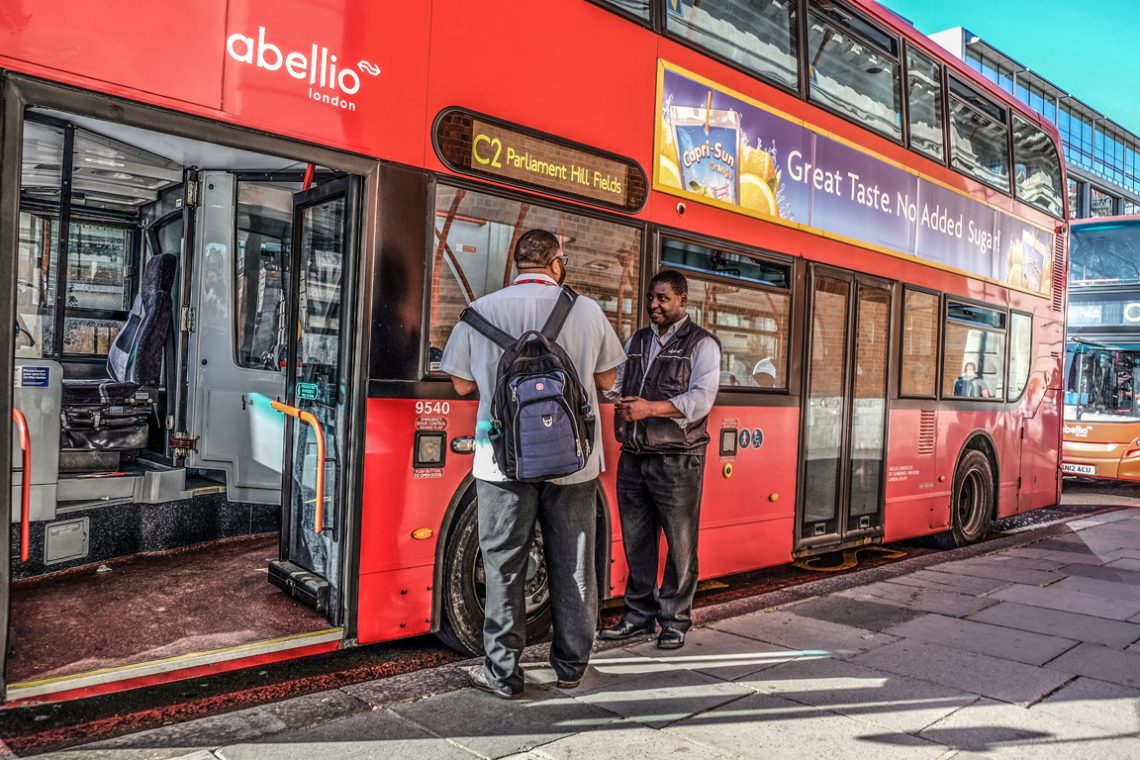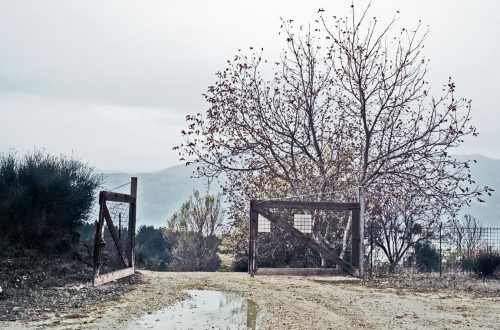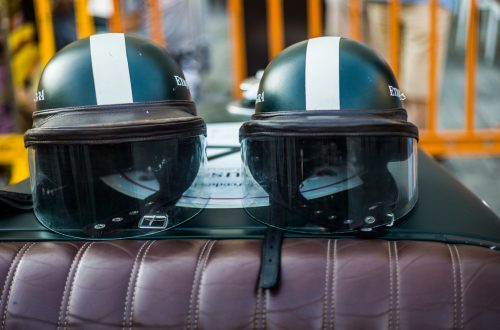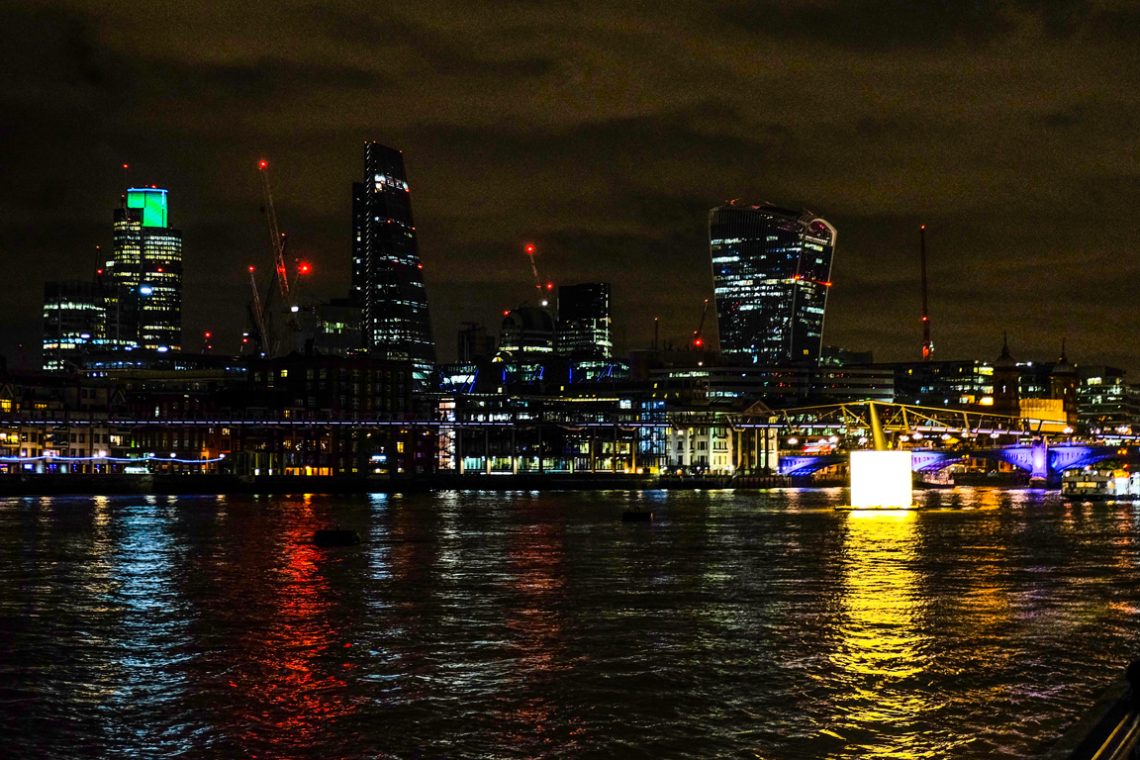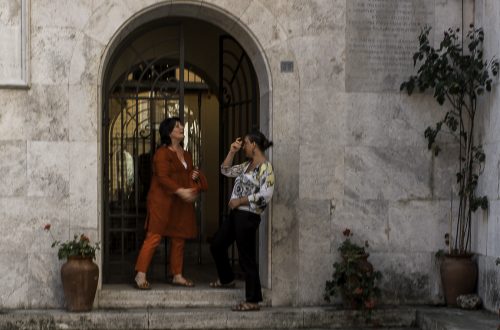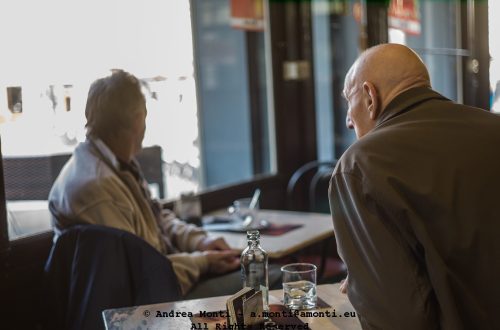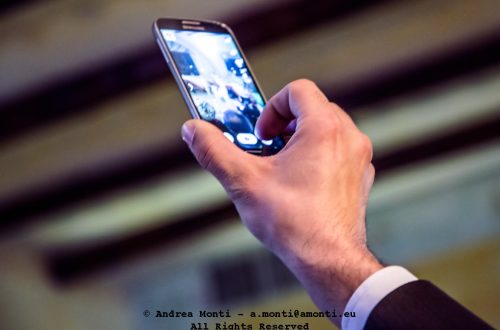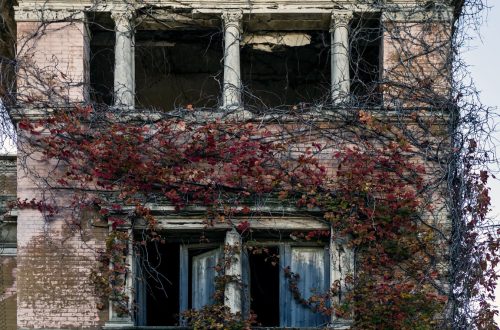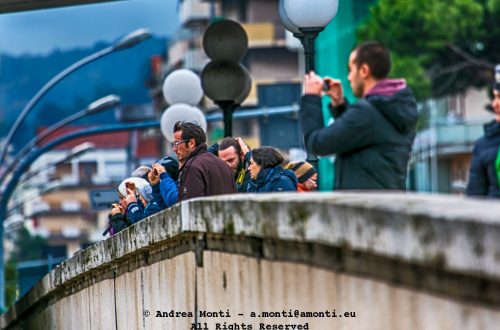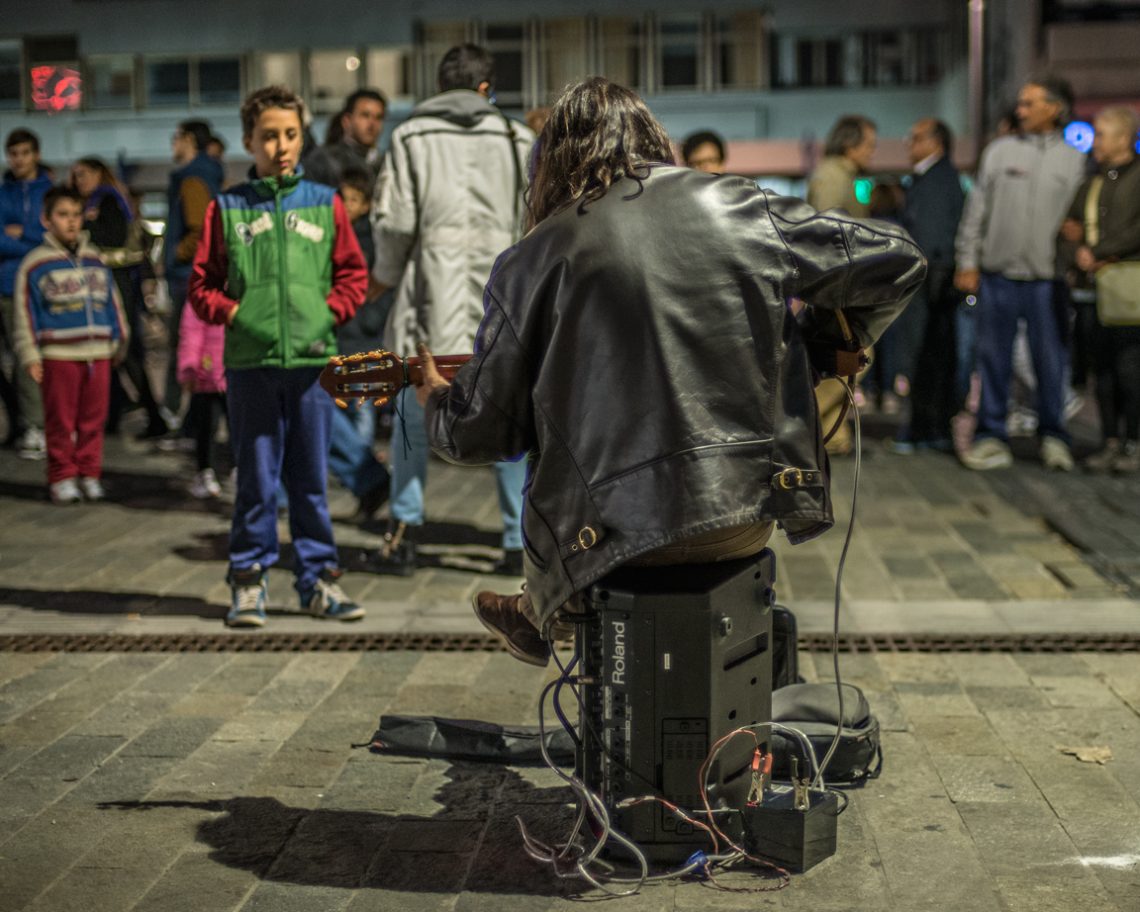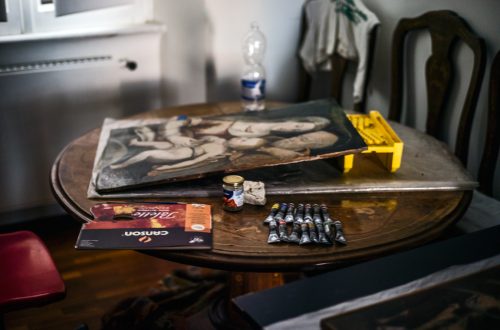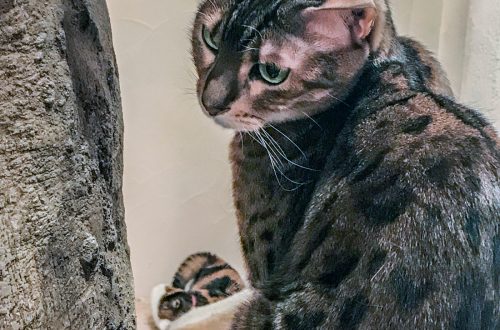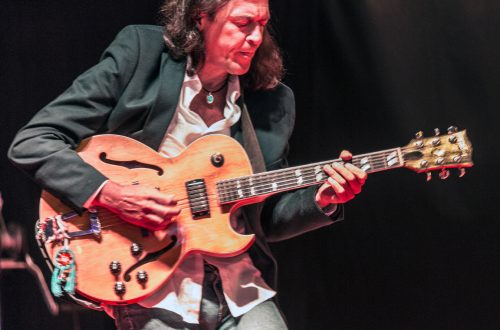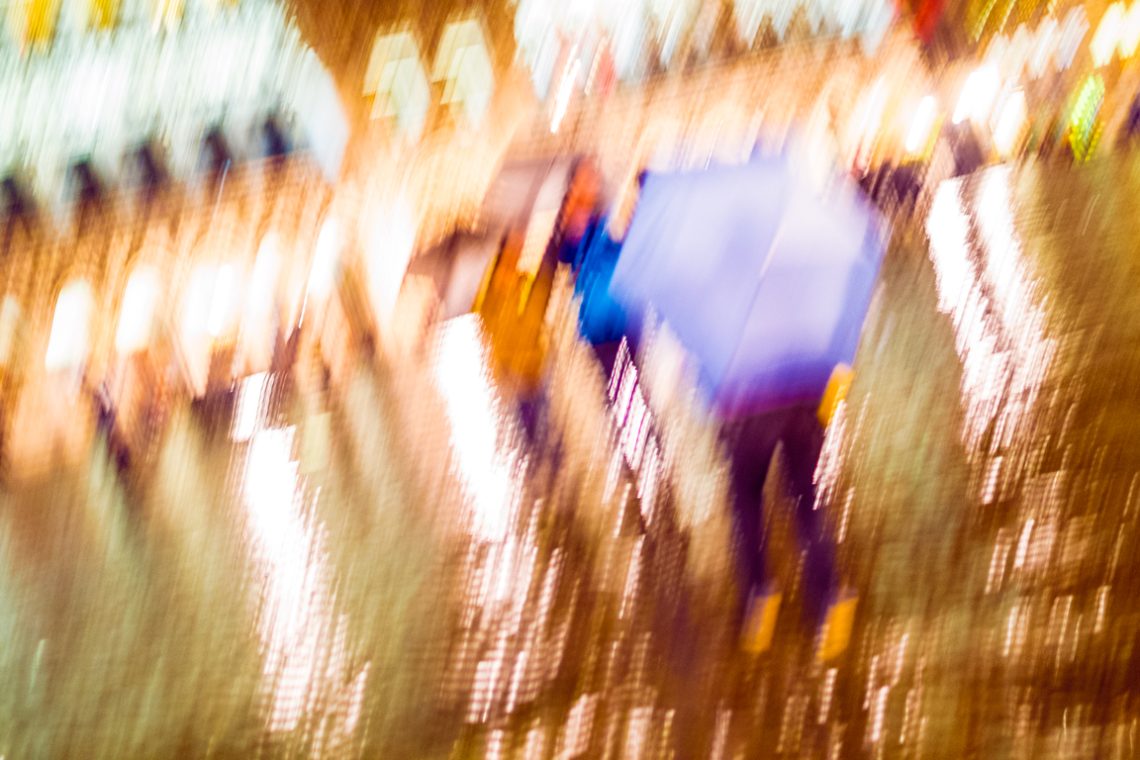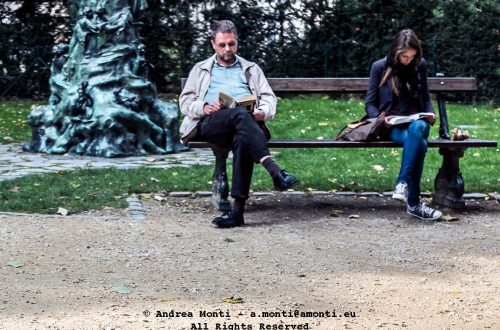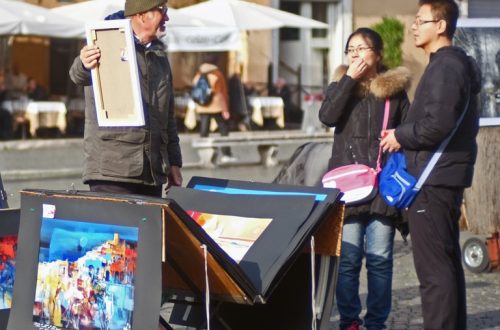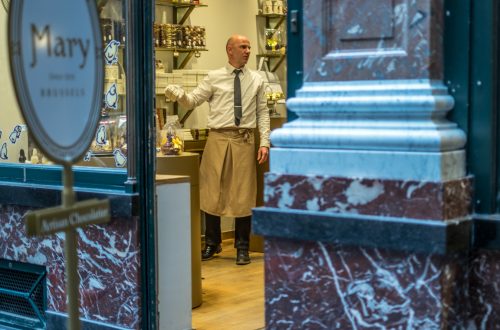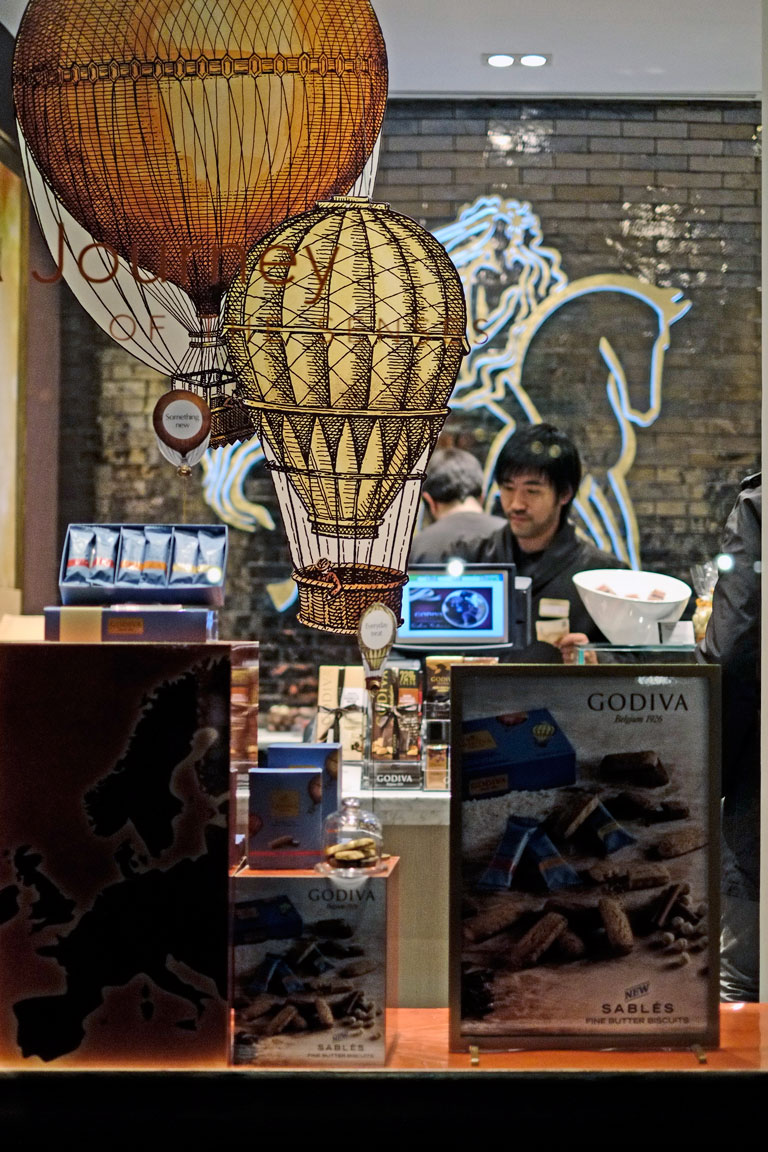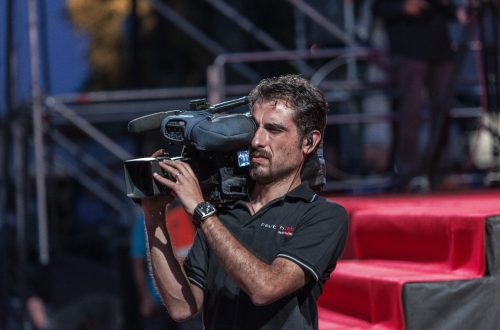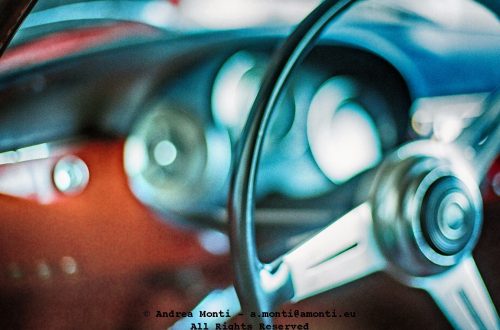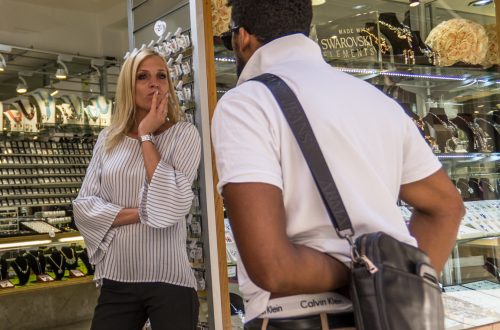-
The Boat That Never Left
Docked, stripped, tagged, rusted. I shot close with a fisheye to exaggerate the curvature of the hull and drag the viewer across its surface. The distortion isn’t incidental—it’s structural. The lines bend to reveal scale and tension. This is graffiti over steel, corrosion under paint, void behind broken glass. I exposed for the midtones to hold the whites in the spray and the texture in the oxidised seams. f/8 for consistent edge-to-edge sharpness, ISO 200, 1/125s. Light was flat—overcast sky softening shadows without dulling the forms. The left-to-right arc carries the frame. No central subject. Instead, accumulation. Tags, vents, cables, fractures. The dolphin up top is barely visible but critical—vestigial optimism…
-
School of Mathematics@Sapienza University of Rome
I composed this shot knowing it would live or die by its symmetry. The rationality of the architecture demanded nothing less. Sapienza’s School of Mathematics sits like a theorem etched in stone—precise, functional, stripped of excess. Guido Castelnuovo’s name anchors the frame, a reminder that mathematics is not only numbers, but legacy. The format is tight, frontal, and unforgiving. Every vertical and horizontal line had to be clean. A small tilt would’ve betrayed the sense of order. I waited for the man to step into the doorway—not to animate the structure, but to punctuate it. His relaxed stance, paper in hand, slightly breaks the formalism of the façade. A human…
-
Skating on the Riviera
This frame came together through rhythm — both in subject and structure. The skater, carving her way through a line of multi-coloured cones, offers a moment of precision and quiet control in the middle of a sunlit promenade. I positioned myself just slightly off-centre to exploit the vanishing line of the cones, letting them anchor the frame from foreground to middle distance. It’s a straightforward visual device, but effective here. They segment the space, and their bright primaries stand in good contrast to the muted pavement. The exposure leans slightly to the high side, but that was deliberate — midday light, especially by the coast, can wash out a frame…
-
A (Soon) Lost Banner
This is a photograph of a sign that has clearly outlived its prime. The red background has faded and chipped, the white letters worn thin, yet the word Calzolaio — shoemaker — still points the way. The arrow to the left seems almost stubborn, insisting on a direction in a world where such trades have all but vanished from daily city life. Technically, the image is straightforward, relying on the flatness of the sign against the textured wall. The weathered surface of the plaster contrasts with the bold geometry of the lettering, while the saturated but deteriorated paint creates a visual tension between past vitality and present decay. The exposure…
-
(Not so) Intelligent Design
A white hand dryer, sleek and sterile, is mounted firmly on a tiled wall. Below it dangles a single electric cable, ending uselessly in an unplugged RJ connector. There is no socket in sight. No conduit, no power. Just absence. The image is clean, quiet—and absurd. The title, Intelligent Design, delivers a sharp, dry irony. It borrows from the vocabulary of creationist theology to highlight a mundane failure of basic planning. What was meant to be functional is, quite literally, disconnected. In this unassuming scene, the promise of utility is contradicted by execution. The dryer, meant to dry hands, is impotent. The infrastructure, meant to enable function, is missing. Photographically, the…
-
An Athlete@Stadio Marmi, Rome
-
Weight Training @ Rome’s Stadio Olimpico
I shot this in harsh midday light, the kind most photographers dread. But the mosaic didn’t care. Its story is laid in stone — or more precisely, tesserae — and midday is when shadows become honest. The ancient-modern figure caught mid-lift, exaggerated anatomy and all, stood out like a silhouette against cracked mortar, telling a tale of strength far older than gym culture. The composition was dictated by the subject’s posture — hunched, determined — anchoring the frame and leading the eye to the barbell below. I shot from slightly above, keeping the symmetry broken just enough to feel real. The top of the frame includes fragments of the inscription…
-
Posing at Milan’s Galleria Vittorio Emanuele II
-
Full Moon
-
Leaving
-
Italian Track&Field Championship 2018 – The reportage
-
Late Evening Break In Piazza Dante
-
An Essay on Light
-
An Essay in Composition
I made this image out of defiance. The street was a mess of cars, headlights flaring, bodies moving — and instead of chasing sharpness or narrative, I stripped it down to pure visual rhythm. Defocused on purpose. Not by mistake, not due to speed, but as a choice to let form take over function. What remains is balance. The white beam on the right anchors the frame, violent in intensity, flaring just enough to fracture the blacks. On the left, the warmer tones — yellows, reds, soft reflections in polished metal — counterbalance with weight and curve. The centre dissolves into suggestion. Light, motion, nothing literal. The street disappears. Technically,…
-
Play It Again, Sam!
I took this photograph in a small, intimate room where music wasn’t just performed — it was lived. The man seated at the keyboard was deep into a Scarlatti sonata, his hands moving with the assured precision of someone who has played these notes countless times. Standing beside him, another man — perhaps a fellow musician, perhaps a connoisseur — seemed half in conversation, half in silent appreciation, his clasped hands suggesting both restraint and involvement. The space itself lent to the scene: a polished wooden floor, a framed certificate on the wall, bookshelves behind, and the warm light that tends to fill places dedicated to quiet craft. The harpsichord’s…
-
The Sorcerer’s Shop
Walking past the narrow streets that night, I was struck by the oddly theatrical composition this small shop presented. “La Bottega delle Streghe” — The Sorcerer’s Shop — proclaimed the sign above, and there in the doorway hung a single jacket, swaying faintly in the evening air. Through the open door, the frame split into two narratives: the interior, softly lit and cluttered with fabric and objects; and beyond it, the alleyway, dimly illuminated, with a car just visible in the background. The framing here is deliberate — the doorway acts as both literal and visual threshold. The viewer is pulled in, suspended between the world outside and whatever spells…
-
Just Another Piccadilly Circus’ View
There’s a temptation, when standing in the middle of London’s Piccadilly Circus, to think that you’ve seen it all before. And in a way, you have. This is one of the most photographed corners of the city—neon-lit, traffic-heavy, forever brimming with tourists. Which is precisely why I wanted to make this frame. Not to reinvent the wheel, but to quietly acknowledge its inevitability. I chose a slightly elevated position, letting the sweep of Regent Street’s curve pull the viewer’s eye into the frame. The red double-decker is exactly where it should be—almost a cliché—but here it works as a punctuation mark in the composition, tying in with the bold McDonald’s…
-
A Boat Under The Bridge
There’s something inherently cinematic about the Thames at night. The water becomes a restless mirror, fractured and stitched together by the city’s lights. In this photograph, taken beneath one of London’s bridges, the play of colour is what first arrests the eye: deep blues and purples flood the steel framework, punctuated by warm reds and yellows that seem almost to breathe against the cold tones. From a compositional standpoint, the arch of the bridge acts as a powerful leading line, drawing the viewer’s gaze toward the illuminated boat gliding quietly in the background. The layering here — water in the foreground, the bridge’s underbelly at mid-frame, and the distant boat…
-
Bus Driver
-
A London’s Skyline
London at night has an entirely different pulse. From the South Bank, the city stretches across the Thames in a jumble of modern glass and steel, its towers blinking like an impatient circuit board. In this frame, the Walkie Talkie leans imposingly to the right, while the jagged edges of the Cheesegrater and other high-rises punctuate the skyline. The Millennium Bridge slices across the scene, leading the eye to that bright cube of light floating on the river—a beacon, a question mark, perhaps both. Technically, this was a balancing act. Night photography in an urban environment often tempts you to overexpose the lights or lose detail in the shadows. Here,…
-
Perfectly Framed
Shot mid-morning, full sun. The geometry did the work before I raised the camera—white steel structure aligned perfectly with the vanishing line of the tiled path. I didn’t move to exaggerate it. I centred and waited. The figure stepped into place on her own. No staging, no instruction. The image hinges on alignment. Horizon dead flat. Frame edges square. The walkway pulls the eye through sand to sea, leading to the human anchor: black silhouette, back turned, red scarf cutting the blue. She’s secondary in scale but critical in balance. Focus was locked on the frame structure. Aperture at f/8 gave enough depth to keep the figure and horizon legible…
-
A Modern Orpheus
Shot in a southern Italian city on a humid evening, this frame owes as much to the ambient noise as it does to light. The man with the guitar wasn’t playing to be heard. He was playing because he had to—sitting on his amp, cables like roots spilling out beneath him. What I saw through the viewfinder was not a performer, but a figure entirely absorbed, distanced from the crowd that had only half noticed he was even there. The Orphic analogy came naturally—not out of romanticism, but necessity. Like the myth, he’s turned away from the world, pleading into the void for something irretrievable. His face is hidden, not…
-
Washed
-
Belgian Chocolate – Godiva
